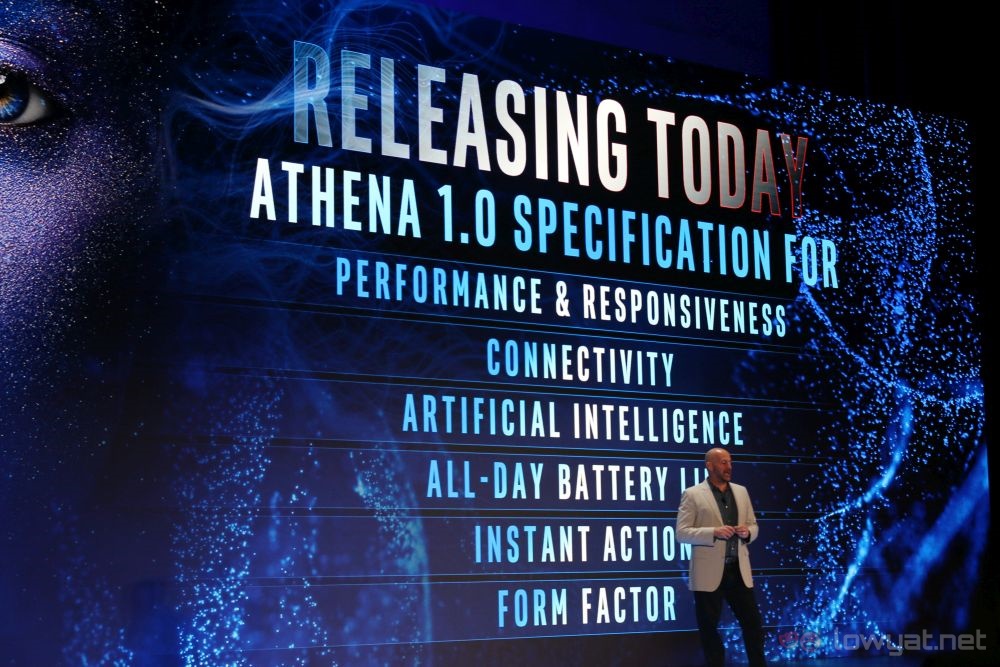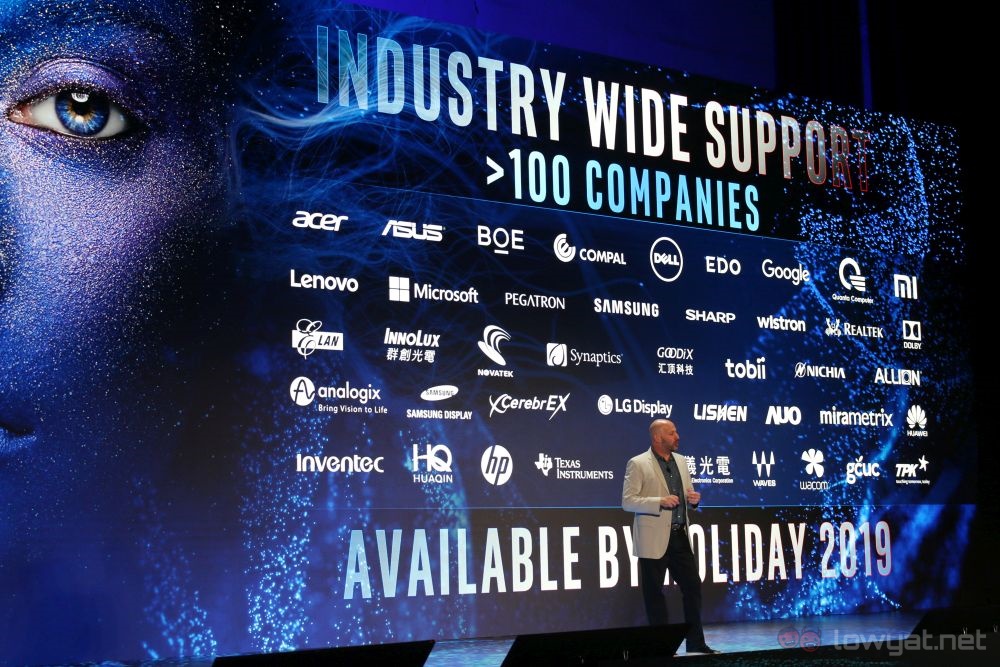In addition to the nine-hour battery life, a Project Athena laptop must also be capable of at least 16 hours local video playback. Speaking of battery, Gregory Bryant, Senior Vice President and General Manager of Intel’s Client Computing Group, also said that a Project Athena machine should also be able to get 4 hours worth of charge for every 30 minutes of being plugged in.
Battery life aside, a Project Athena also needs to be able to wake up from sleep within a second. The method of wakeup can be either via lifting the lid, pressing a button or when a fingerprint is recognised. And then there are other hardware requirements as well, such as a minimum of 8GB of RAM, a minimum of 256GB NVMe SSD, and the ability to connect to USB-C devices with Thunderbolt 3, as well as a fast and consistent connection with Intel Wi-Fi 6. A touch display is also a requirement, based on Project Athena 1.0 target specification.
Previously, Intel said that there will be at least 10 Project Athena laptops out in the market in the second half of the year. With the company’s 10th Gen Core mobile processors also making their way into the market by the end of the year, it looks like there’s a chance that a number of the Project Athena machines will be armed with the new processor.

